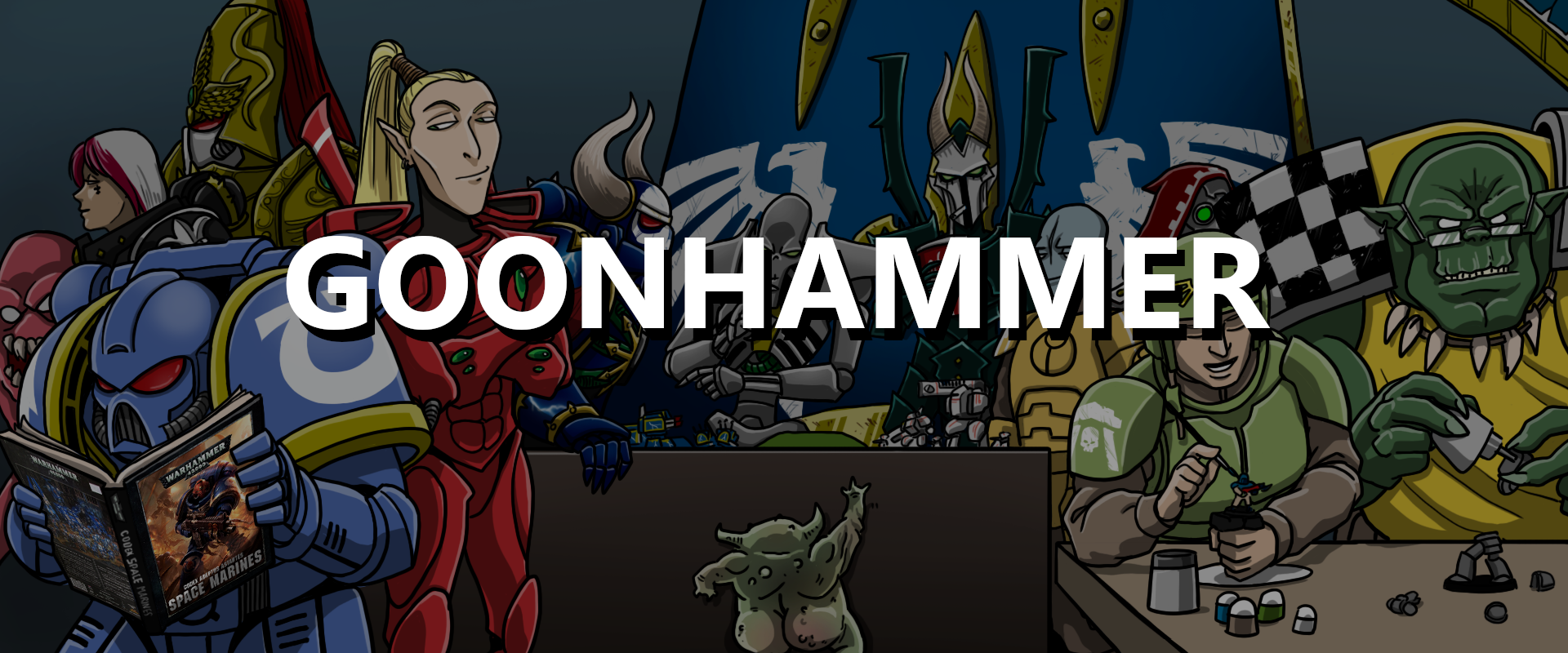And thus is the closest thing to a click-bait title I’ve ever written.
But it’s true. These are not products that you, a hobbyist/gamer of Age of Sigmar or Warhammer 40k necessarily need to buy or own.
If you are a tournament player, are going to a tournament using these books, or play a LOT of Warhammer 40k or Age of Sigmar (like, at least weekly) then this article isn’t for you. You already knew that. You probably didn’t even click on this article to begin with or make it this far either, but if you have you can close this tab and go read one of our latest Competitive Innovation articles instead which will be more your speed.
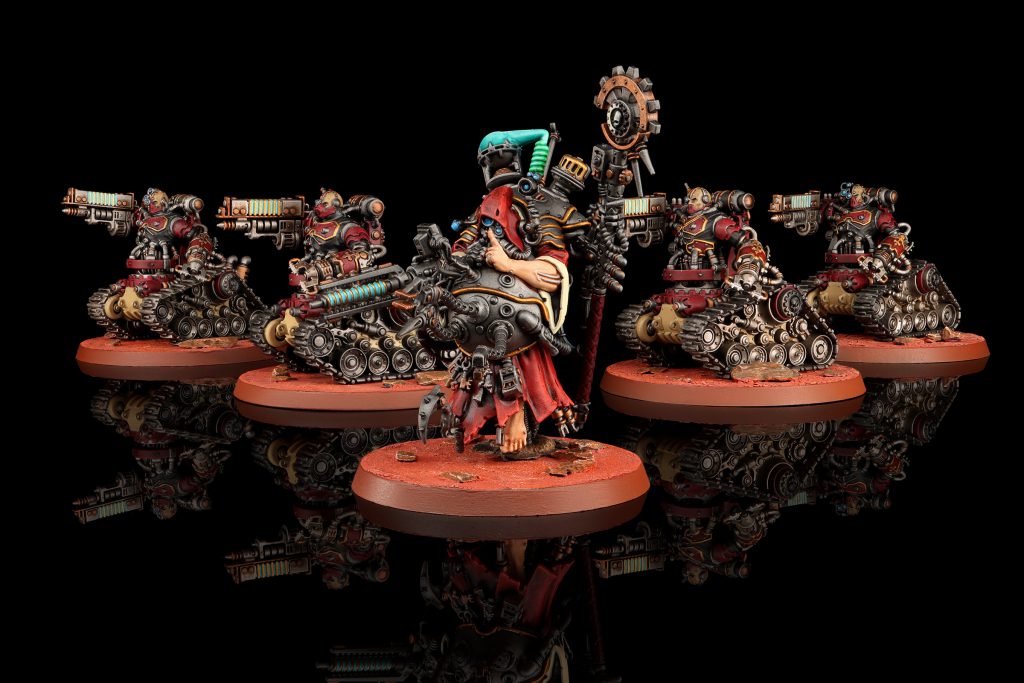
What are these books, anyway?
If you’re newer to Warhammer 40k or Age of Sigmar you have probably seen these books talked about a lot. We even review them when they come out, you don’t need to go further than Goonhammer dot com to know what’s in each one!
These are basically the same product for each game system. It’s a book chock full of missions and rules to play the current, most up-to-date, version of Tournament Matched Play. The 40k book directly tells you that it’s a tournament pack; but make no mistake, so is the Age of Sigmar General’s Handbook.
These physical-only books have a 6 month lifespan. That’s it. The 40k books sell out extremely fast too whenever they come out. You need to decide for yourself if that’s something that you want: A whole new set of matched play rules that changes every 6 months, often drastically changing how you build your army. Like I said before, if you’re a tournament player then yes this is something that you need. But, if you’re the kind of person that’s realistically only playing 1 or 2 games a month, then you probably don’t need to get it or stress yourself about getting it before it sells out.
Before we get any further, I just want to define what “Matched Play” even is. Both 40k and AoS have 3 versions of play: Open, Narrative, and Matched. Open is…rather open; it’s not predicated on balance really it’s just slamming down some models and rolling dice. Narrative in 40k is Crusade which adds a lot of rules for your army as you play games, suffer wounds, gain relics, etc. In Age of Sigmar it’s Path to Glory: you have a territory, keep track of your quests and gain small bonuses for Path to Glory games. Matched is meant to be the most balanced form of play with specific restrictions on army building and missions that are designed to be as fair as possible with mirrored deployment zones and objective marker placement.
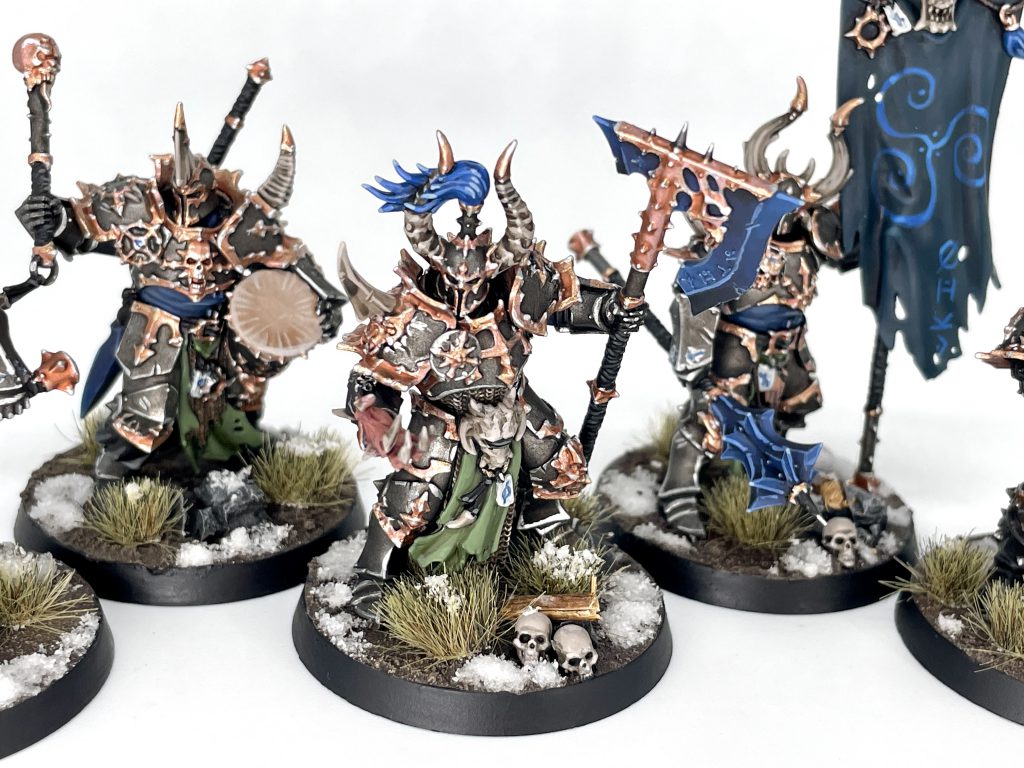
Q: Are these the only way to play Matched Play games?
A: No.
However, they have definitely become in many circles, clubs, shops, or wherever else you meet up to play games, the “standard” that’s expected when you set up a game of matched 40k or AoS.
Other forms of Matched Play
In Age of Sigmar the Core Rulebook has a few matched play games that you can use, and even its own set of grand strategies and battle tactics. It’s called Contest of Generals and really it needs to be played more. It’s a great matched play set to teach Age of Sigmar and great to use for pick up games, too. The missions and scoring are universally simple for all armies to achieve and allow for a pretty relaxed game.
More people should play Contest of Generals. There’s no fancy battalions you need to think about or be aware of, no unique spells, commands, or extra rules that change the core rules in any way. It’s simple. It works. When you’re building your list for the first time in maybe a month or more from your last game you don’t really have to think about how your units used to perform vs how they may perform now while still using the same army book.
For 40k you have the Tempest of War deck which we even reviewed when it came out, right there in that link, so I won’t go into too much detail here about it. But it’s very, very good. I’m genuinely jealous that 40k gets such a cool way of playing and wish that Age of Sigmar would get a similar deck of cards to create pick up games with.
Picking one up, at some point, is a nice way of having more missions to play; you don’t need to get every single one as they come out, but it could be nice to have one laying around to add more variety.
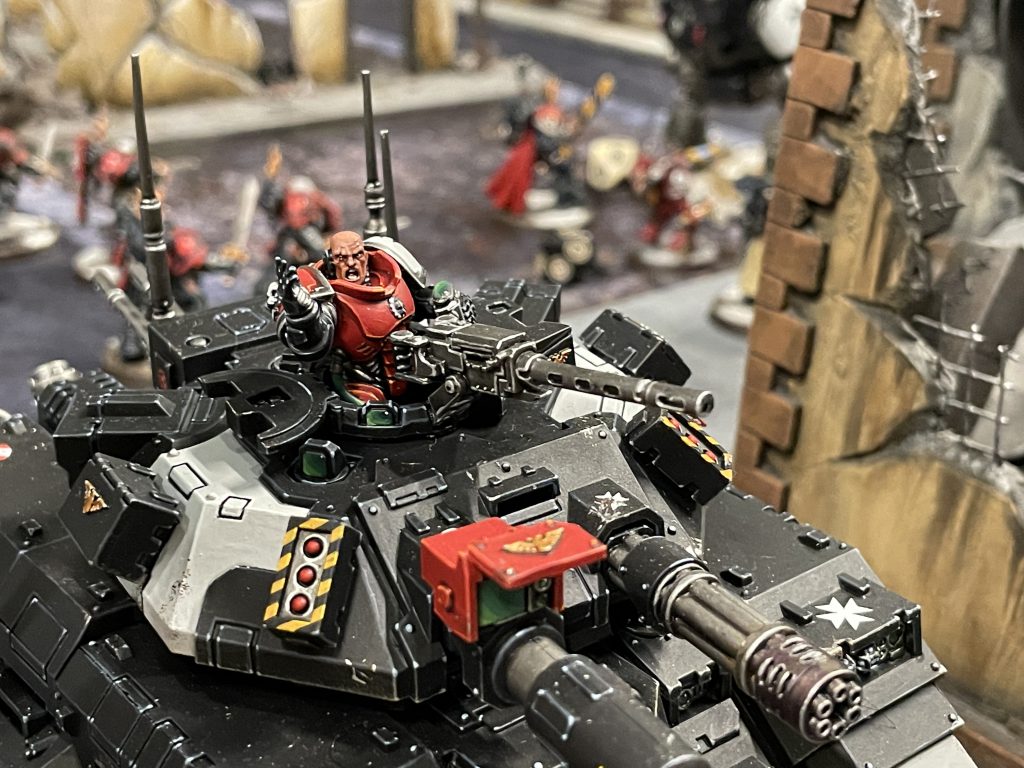
Communicating with your opponent
Here we have the portion of the article that is not only for Warhammer Age of Sigmar or 40k players and games!
Your opponent is not your enemy. They are not a person to crush mercilessly. This is another person that also wants to play a game. You’re both there because you have a common interest, roll dice, and see your armies on the tabletop. Yes, you both probably want to win, too. That’s ok! Just (try) to have some common courtesy and decency towards the other human that you’re spending this time with.
Part of that is going to start before getting to the table. In most cases these days games are planned out at least a day or so in advance. You know who you’ll be playing against and where you’ll be playing. True “pick up” games seem to be a lot less common in the modern age of gaming, my writing partner goes into detail on that below.
This is particularly important to do because there are very different army building restrictions (or lack of) put onto each way of playing these games. In many instances you cannot build an army and it just be playable in every game mode/set of rules.
As part of this communication players should make a few things clear with your opponent:
- Is this a tournament practice or tournament-level game?
- If not, what mission pack/set of rules will you use?
- Player experience: are either of you new to this game (or wargaming)?
If it’s tournament practice or a tournament-style game, then once again, this article really isn’t for you anyways. Any other kind of game then you can open the conversation up further and see what kind of lists your opponent is using/looking for: do they want to bring what is basically the best units/meta list they can to win, are they wanting to use a collection that they’ve got ready to go which isn’t the most tooled-up and optimised army, or are they bringing a bunch of stuff they think is cool or otherwise thematic. Knowing what kind of list your opponent is bringing can help you figure out how optimised your own list needs to be. Regular opponents will often naturally fall into this with less communication beforehand needed, knowing loosely how their opponents play and what they enjoy playing against too.
That’s not to say that wanting to win is a bad thing, because we all want to win. Everyone enjoys winning. Some may enjoy simply being able to play and care less about winning, but the aim of the game is to win. It’s a game, after all.
Basically: just talk to each other. You’re both spending at least a few hours with each other over this game, try and make it enjoyable for everyone involved.
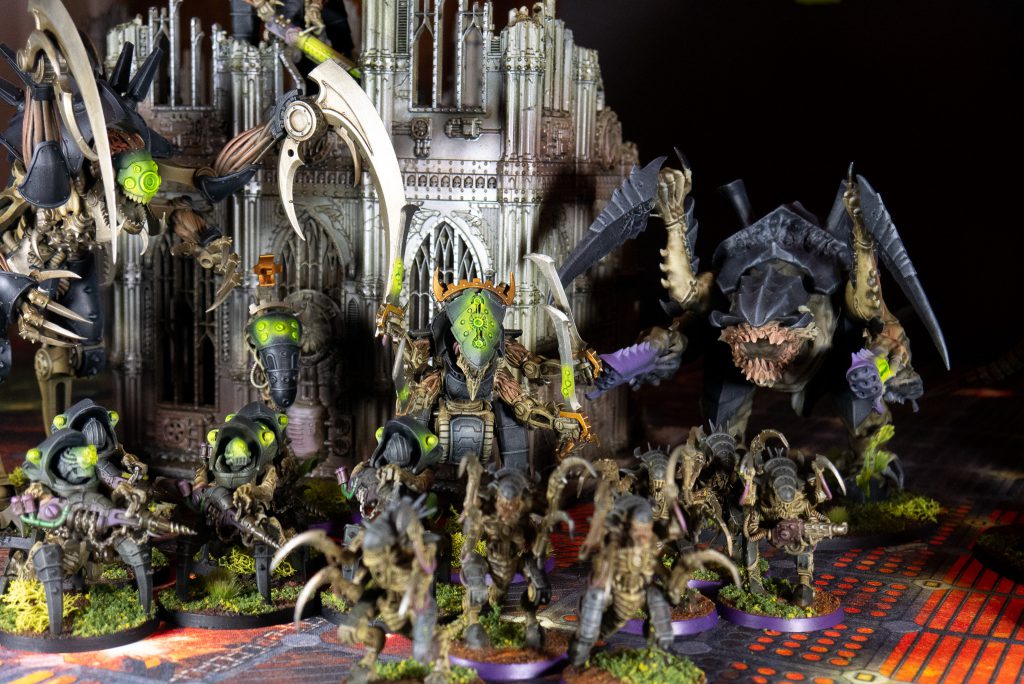
40k 9th Edition and the ‘Lost Generation’ of Pick Up Games: A Lowest of Men Perspective
Lowest of Men here! Bair asked me to spin a yarn on the 40k side of this issue, so here goes. It might not feel like it, but there was a time before… this. Getting into 40k as a new player in 8th edition, I learned the game via a whole range of different ways to play. There were cards (Maelstrom of War), there were very pared-down simple objective missions (Eternal War), there was narrative play, open gaming, and then, down the road, there was a little thing called ‘ITC scoring’ that was popularly used on the tournament circuit and which a narrower circle of my friends played. I played the first three systems for at least four or five months before even touching tournament missions, and throughout 8th edition I returned to them regularly even when playing ITC style more often, because they were simple, fun, and less intense.
You’d recognise those ITC style missions today, as a whole range of ideas from them (secondaries in particular) were amalgamated in various forms into the matched-play missions that have come to define 9th edition. This edition launched with a very real shotgun marriage of competitive and pick up play, with the matched-play experience front and centre at release. Eternal War style games vanished from circulation, and Tempest (an EXCELLENT card based casual / pick up system and successor to Maelstrom that remains a lot of fun to play) arrived halfway through the edition to minimal fanfare and, it seems, minimal take up. For clubs like my own it was too late- competitive play was the default now, for better or for worse. An entire class of player, one looking for a social game and a good time first, and a win second, had found itself herded like lambs into the competitive shark tank… some swam, some sank. The standard and intensity of local competitive play rose, but somewhere along the way we lost a little of ourselves in the chase. I thrived as a competitor, but the sillier, more relaxed club games felt fewer and further between.
This over-emphasis of tournament style play to the exclusion of all else was something of a misstep or oversight in 9th, one that will probably see correction down the line. But as a player today seeking time out of the relentless cycle of competitive seasons, it is worth remembering, and I cannot stress this enough, that you have, and have always had, other options. Tempest is excellent, crusade is book-keeping heavy but a lot of fun (and Goonhammer’s own Administratum makes the admin side a lot easier these days at no cost!). One pack of cards, the core book and some imagination are all that those really require. My own recent steps into Age of Sigmar have demonstrated that you can completely ignore the current mission set and competitive meta in favour of immensely silly, enjoyable mini battles out of the core book or the theatre of the mind with likeminded companions. Competing will surely come, but it can wait. There is a whole world of daft match ups and dubious unit choices to be indulged first. Box of snakes on my Bastiladon instead of a giant sun laser? Absolutely, sign me up.
This isn’t to diminish competing whatsoever, as it has become my favourite way to play 40k, and I play often enough and at a high enough level to totally see the value in a regularly shifting and updating matched play landscape. But even there there is likely to come seasons and moments in life where six months on the back burner makes a lot of sense, and the seasonal structure actually offers a clear sense of ‘jump in’ and ‘jump out’ points around which to plan breaks from, or serious swings at, competitive play.
Seasonal competition, and all the wonderful things that come with it, is time and money intensive and always will be. Being able to take time out of that and find joy in other formats is just as crucial as being able to enjoy and relish competing without judgement too. There isn’t a right way here, but there are many pathways to choose from! You are the custodian of your own hobby, and there’s no shame in being strategic or flexible.

Wrapping up
So, no, you do not need the latest General’s Handbook or Chapter Approved book in the 6-month cycle. Talk to your opponent when arranging your game, be clear about what you’re looking for from the game and time spent playing; maybe that will even include sharing army lists with each other beforehand. Try other modes of playing like Path to Glory, Contest of Generals, and the 40k Tempest of War if you haven’t, you may find that you (and maybe even your gaming group/local scene) enjoys it!
Above all: have fun.
Have any questions or feedback? Drop us a note in the comments below or email us at contact@goonhammer.com.
